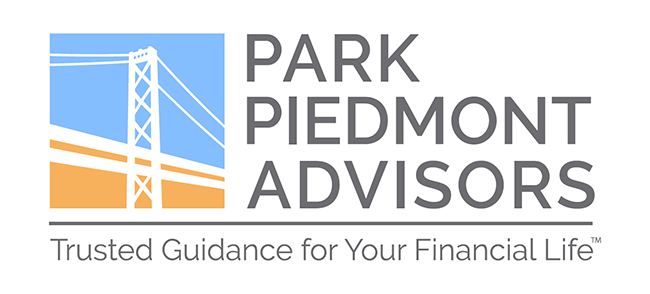During the early part of each year, the financial press is full of predictions for the coming year by “authorities” and “experts.”
Presumably, this material helps fill the large amounts of space devoted to financial matters, but in our view, all these predictions should be ignored. Otherwise, these opinions may induce investors to make changes in their investment portfolios that we believe have no more than a fifty-fifty chance of proving beneficial to their financial wellbeing (i.e., no better than the flip of a coin).
Adopting, then acting upon, these predictions is simply another form of market timing, which we believe does not add to long-term investment results.
For long-time readers of Park Piedmont’s Life with Money and, before it, our Monthly Comments, the above words might sound vaguely familiar. That makes sense, as they were written by firm co-founder Vic Levinson back in December 2011. We revisited this topic more recently in our book, Thinking About Investing – and they feel as relevant today as they were 13 years ago.
Take predictions from early 2024, for example:
“In late January, the average Wall Street forecast called for the S&P 500 to finish this year at just 4,861, which represented essentially flat growth in the index at the time, or just 2% for the year,” according to The Motley Fool. In addition, “Wall Street was still largely forecasting a recession due to the inverted yield curve and hedging its risk for 2024.”
Contrary to predictions, the S&P 500 was over 6,000 at the end of November, with year-to-date returns at 26.5%. The much-anticipated recession hasn’t occurred, either.
Unsurprisingly, this year’s inaccurate predictions are just the latest in a long string of misses. According to The New York Times, “the median Wall Street forecast from 2000 through 2023 missed its target by an average 13.8 percentage points annually.”
And Wall Street forecasters are not alone. As the Wall Street Journal recently reported, active investors have gotten worse at their own investment predictions: “Between 2020 and 2024, such [active] investors have exhibited more detrimental trading behavior than before Covid, taking riskier bets and trading more inefficiently by trying to time market tops and bottoms. The upshot: Billions of dollars in lost portfolio value annually.”
We should acknowledge that the year hasn’t ended yet, and plenty could change in the remaining weeks of 2024. We won’t know final returns until the year has ended.
But that underscores the foundational principle of our investment approach: the future is uncertain. Nobody – including us – should pretend to know what will happen in the coming year, weeks, or even days.
Since we don’t and cannot know the future, how then does Park Piedmont approach investing?
Since we can’t predict or control market returns, we focus on what we can control.
First, we create a custom asset allocation for each of our clients, based on your unique goals, risk tolerance, and time horizon.
Second, we can control expenses: we keep our clients’ investing costs low. This includes our advisory fee and using index funds with low fees to minimize the cost of investing and maximize your investment returns.
And what then do we recommend when, in early 2025, you undoubtedly hear “experts” in the financial media making predictions for the upcoming year?
We’ll borrow advice we continue to stand by that we shared in December 2020, another year when the markets had proven to be wildly unpredictable:
First, review your portfolio to ensure that your asset allocation remains consistent with your goals, risk tolerance, and time horizon. If they’re aligned, stay the course. If they’re not – or if you fear they may not be – we can help you make thoughtful, deliberate modifications.
Second, insofar as you’re able, ignore the day-to-day pandemonium and re-allocate that time to the people and activities you most enjoy. That will give you a far better return on investment of one of your most valuable assets: time.
